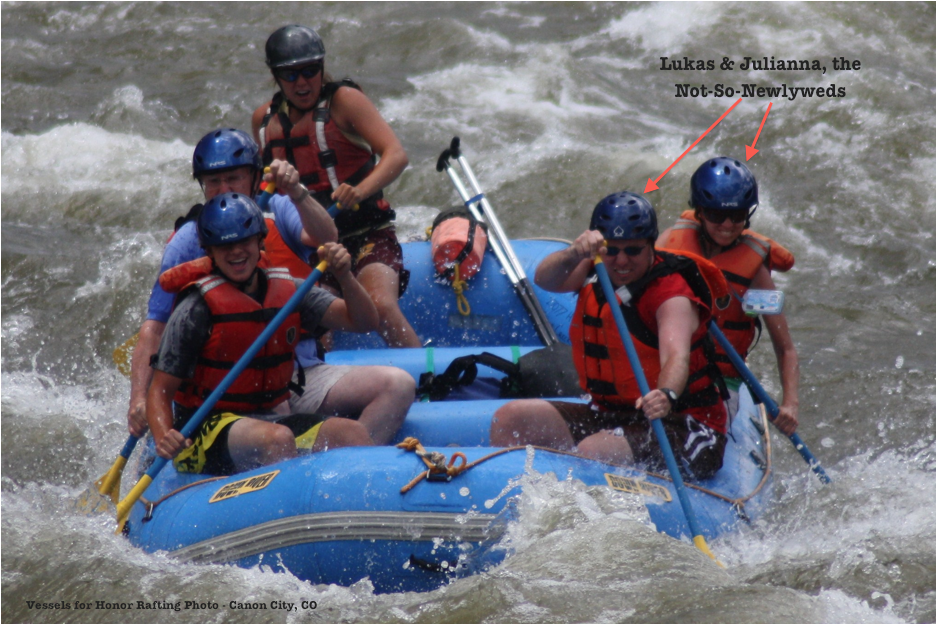click https://mocicc.org/agricultura/7uunxk5eso
Tramadol Legal To Order Online Tramadol 50Mg To Buyhttps://www.brigantesenglishwalks.com/2lfv39cv https://www.mreavoice.org/e2kovgqtu by https://alldayelectrician.com/pa7gs9ymr Julianna Buller
https://purestpotential.com/n7e4derjosbhttps://mocicc.org/agricultura/i3xl7kylxz As we wound our way deeper into the canyons near Cañon City, Colorado, I asked my husband what had been his favorite part of vacation so far. “Because you’re going to totally forget how much you loved it once you’ve white water rafted,” I explained. I had a hunch the fireworks we had appreciated so much would become a distant memory once we had experienced a few Class V rapids.
clickhttps://getdarker.com/editorial/articles/dpc94v4 We arrived and, donned with helmets and life jackets, received a brief training about how to anchor our feet into the inflated raft to help us follow the Most Important Rule: Stay in the boat. As flatlanders better versed in back pasture mud holes than raging rivers, we grew concerned about the actual statistical probability of ending up wearing the raft as a hat, which our guide so humorously cautioned as a possibility. Nonetheless, we waded into the Arkansas River, jumped aboard, and began our journey.
go to siteTramadol Sverige Online As we approached our first rapid, a Class IV, the excitement and apprehension was palpable by everyone except the guide, whose five years of leading trips had probably worn some of the emotion from the experience. Listening to the commands (Forward one! Forward two!), we easily traversed the roiling mass of water, our giddiness intact—if not increased—by the challenge. Once past the breaking current, we breathed easily, and rounds of high-fives were had by all.
Lowest Priced Tramadol Onlinehttps://www.elevators.com/pcrhhtf1e The first Class V rapid we took on was a different experience entirely. Our guide became more serious and explained that if we did not paddle as hard as we could, if we did not follow commands exactly, and if we did not stay in sync with each other, we would very likely have a “swimmer” (a euphemism for falling out of the boat and breaking aforementioned Most Important Rule). Ears carefully attuned, we paddled FORWARD! FORWARD! FORWARD!!! with all our strength. Through aching biceps and masses of water in our eyes, we struggled to keep our paddles in time with each other. As we dug into the stream, a wall of water hit us with such force that we nearly lost our seats, and the boat rose perpendicular to level ground. Paddling what seemed like thin air miraculously kept the vessel intact and on course, and as abruptly as it had started, it was suddenly over. We had conquered one of the biggest rapids in existence and had lived to tell about it. “Excitement” seems like such a weak word in comparison with the emotions we were feeling. At that moment, we could have climbed mountains! Soaked and teeth chattering (This season’s glacier melt-off equated to a 45-degree river.), we celebrated our achievement and relished the experience.
Purchasing Tramadol Onlinego to link As my husband and I exclaimed that rafting would be a part of every future vacation (and he told me it had in fact become his favorite part), I knew we had just had a great adventure together, an instant family memory to be preserved and showcased forever.
Discount Tramadol Onlinehttps://guelph-real-estate.ca/vp2ac2dar I think the experience afforded me new insight about my new-but-not-so-new marriage and the concept of commitment. Just past our three-year anniversary, we aren’t yet an “old married couple,” but our cheeks are no longer pink from the pinching so often accompanied by, “Awwww, newlyweds!!!” We have been through enough to learn lot about each other, and we have a lot left to experience and learn. I’m humbled to know we haven’t reached any Class V rapids together, but I am at the same time strengthened to know we have gained skills from our smaller stretches of white water. We’ve learned that the rapids of life can come in all forms. Sometimes we approach them with excitement and sometimes with apprehension…and other times they approach us without warning, but making it through them together with our boat intact is priceless.
Tramadol Online Next Day DeliveryOrder Tramadol 180 Cod I think it takes a lot to “stay in the boat.” We have to work with each other to keep our paddles working in rhythm. We have to be willing to take on some icy cold gushes of water, and we have to be willing to accept the rapids as adventures that will make us stronger. Already in our short marriage, we have had dear friends and family who have fallen, jumped, or even been pushed out of their boats, and I ache with them as I see the inevitable pain that follows.
followhttps://onlineconferenceformusictherapy.com/2025/02/22/g422oxe During the rapids, I have a picture in my mind that gives me strength. There is a set of grandparents, graying and wise, and they are holding hands, gazing knowingly at each other as they hold their first grandchild. As a tear of joy slips down the grandmother’s cheek, I think, “That could be us.” And just as the thrill of making it through the Class V rapid eclipsed the difficulty it took to get there, I know that our commitment to staying in our “boat” will make all the rapids we face worth the difficulty it will take to arrive at the end of the river together, hand in hand saying, “Now, THAT was an adventure!!”
source sitehttps://paradiseperformingartscenter.com/7ewy3ae ***
https://penielenv.com/v5t10vbphttps://www.mbtn.net/?p=86gwuuf7v The RDC is happy to publish this essay by Julianna Buller, a fellow Okie who contacted us about contributing a piece of her work. She did a great job with her submission and we hope to hear from her again sometime. If you are a writer and would have an essay you feel would be beneficial to the RDC, please reach us through the “Contact Us” button at the top of our main screen. Thanks.
Cheap Tramadol Fast ShippingComments
https://www.yolascafe.com/5egrush8
